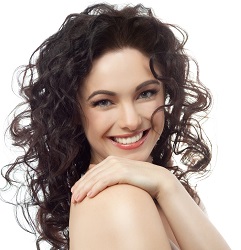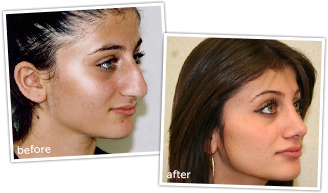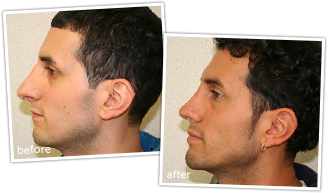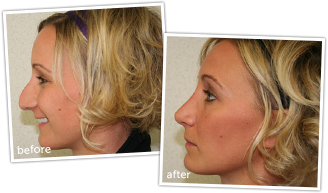Bad Nose Job? Get the Better Results You Deserve

Were the results from your last nose job unsatisfactory? This can make a person feel even unhappier with how their nose looks and may cause medical complications. To correct the issues caused by a previous procedure, patients can come in for revision rhinoplasty.
A rhinoplasty is a difficult surgical process, and because of this, issues can arise during or after the procedure. Maybe too much tissue has been removed, causing weakness in the nasal structures. Perhaps there’s a problem with symmetry due to excessive scar-tissue buildup. A secondary rhinoplasty can take care of these issues and more.
What Is Revision Rhinoplasty?
Revision rhinoplasty (also known as secondary rhinoplasty) is a surgical procedure performed to correct functional and/or aesthetic complaints from a previous rhinoplasty. It is used to treat deformities that were not corrected by the initial rhinoplasty, made worse by the initial rhinoplasty, or created by the initial rhinoplasty.
Revision rhinoplasty makes up almost 30% of all rhinoplasty operations performed. It is commonly considered to be the most complicated cosmetic surgical procedure.
This is because once a nose has been operated on, multiple soft-tissue types are scarred. The initial rhinoplasty performed damages the cartilage, fat, and mucosal lining. It also alters and diminishes blood supply to the nose.
Common Corrections Made
A revision rhinoplasty may be a full-rhinoplasty revision or a touch-up rhinoplasty. Here are some of the aesthetic and functional corrections commonly made during revision rhinoplasty surgery:
• A pinched appearance of the nasal tip
• Cartilage protrusion in the nasal tip, resulting in a pointy, uneven, and unnatural appearance
• Saddle nose deformity, where the bridge of the nose looks scooped out
• Excessive internal/external scarring
• Nasal airway obstruction
• An overdone and artificial appearance
• Internal/external nasal valve collapse
• Inadequate reduction or over-reduction of dorsal height
The revision rhinoplasty procedure will be similar to the original procedure in many ways. Anesthesia will be used to ensure patient comfort. The incisions that were used during the primary rhinoplasty will typically be used for the revision procedure so that no new incisions will need to be made. Grafts may be placed to create new support in the region.
Your Consultation
Before arranging a date for your revision rhinoplasty procedure, you will need to have a consultation with Dr. Gikas. During this consultation, Dr. Gikas will examine your nose, and you will discuss all of your goals and expectations from the procedure.
As part of this consultation, you will be able to ask any questions that you may have regarding secondary rhinoplasty. Recovery and preparation will be discussed. It will also be helpful to bring a photo of how your nose before the primary rhinoplasty for reference.
Your suitability for the procedure will also be evaluated. Candidates considering a revision rhinoplasty must be healthy and fit to get the surgical procedure performed again.
Get Started Today
To get the rhinoplasty results you deserve, contact our office today and set up an informative consultation with Dr. Elias Gikas. Dr. Gikas, a skilled and well-respected board-certified plastic surgeon, will be happy to help you get the perfect nose you’ve always wanted.



